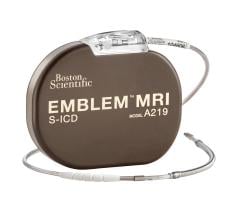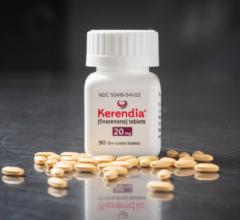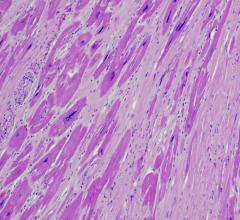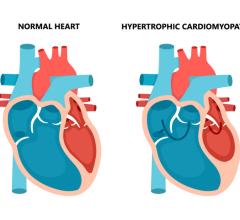
May 22, 2009 - New data presented yesterday at EuroPCR from an international, post-approval, single-arm study show that Abbott's XIENCE V Everolimus Eluting Coronary Stent System demonstrated low rates of repeat procedure (target lesion revascularization), stent thrombosis and major adverse cardiac events (MACE) in a complex patient population.
In the SPIRIT V study, XIENCE V demonstrated a very low 1.8 percent rate of target lesion revascularization (TLR), a 0.7 percent rate of stent thrombosis and a 5.1 percent rate of MACE at one year. MACE is an important composite clinical measure of safety and efficacy outcomes for patients, defined as cardiac death, heart attack (myocardial infarction attributed to the target vessel), and TLR driven by lack of blood supply. The SPIRIT V study evaluated XIENCE V in a diverse, "real world" population of patients and lesion types, including diabetics, patients with multi-vessel disease and patients with highly complex lesions.
"The data from real-world studies are valuable because they reflect a broad patient population that is more representative of the spectrum of disease seen in a typical interventional cardiology practice," said Eberhard Grube, M.D., chief, department of cardiology and angiology, Heart Center Sieburg, Germany and principal investigator of the SPIRIT V study. "The one-year results from SPIRIT V indicate that even in a patient population with a high percentage of complex lesions, XIENCE V exhibits remarkably low event rates, similar to what was seen when XIENCE V was studied in controlled, randomized SPIRIT studies."
SPIRIT V is an international, post-approval study of 2,663 patients. Approximately 100 clinical sites throughout Europe, Asia-Pacific and Canada are participating in the study, ensuring a patient population composed of multiple ethnic groups. The patient and lesion types studied in SPIRIT V include patients with diabetes (30 percent of patients; 794 patients), patients with multi-vessel disease (42 percent of patients; 1,107 patients), patients with highly complex lesions (lesion type B2 or C; 82 percent of lesions; 2,307 patients), patients with moderately or severely calcified lesions (29 percent of lesions; 809 patients), patients with longer lesions (equal to or greater than 20 mm; 28 percent of lesions; 911 patients) that need treatment, and patients with smaller vessels (reference vessel diameter equal to or less than 2.75 mm, 35 percent of lesions, 1,068 patients). The safety and efficacy of XIENCE V has not been established in the U.S. for patients with multi-vessel disease, patients with highly complex lesions (lesion type B2 or C), or patients with severely calcified lesions.
The primary endpoint of the study is a composite rate of all death, heart attack (myocardial infarction) and target vessel revascularization at 30 days, in which XIENCE V had a rate of 2.7 percent. At one year, the SPIRIT V study demonstrated the following positive results for XIENCE V:
• A 1.8 percent rate of repeat procedure to the treated lesion (TLR)
• A 0.7 percent cumulative rate of definite/probable stent thrombosis (to one year) and a low 0.2 percent rate of definite/probable late stent thrombosis (between 30 days and one year)
• A 5.1 percent rate of MACE
• A 1.1 percent rate of cardiac death
Abbott also presented five-year results from the SPIRIT FIRST trial, which was a 60-patient, first-in-man study comparing XIENCE V to the MULTI-LINK VISION Coronary Stent System. XIENCE V continued to demonstrate an excellent long-term safety profile with no MACE or stent thrombosis events between one and five years.
Abbott's next-generation drug eluting stent in development, the XIENCE PRIMETM Everolimus Eluting Coronary Stent System, utilizes the same drug and polymer as XIENCE V and is based upon the proven design of the MULTI-LINK family of stents. Abbott plans to make XIENCE PRIME available in an expanded size matrix, including XIENCE PRIME SV for small vessels and XIENCE PRIME LL for long lesions. XIENCE PRIME is pending CE mark and is not available for sale.
For more information: www.abbott.com

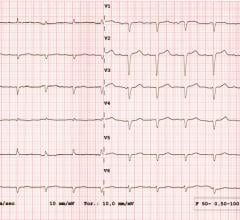
 May 20, 2024
May 20, 2024 
